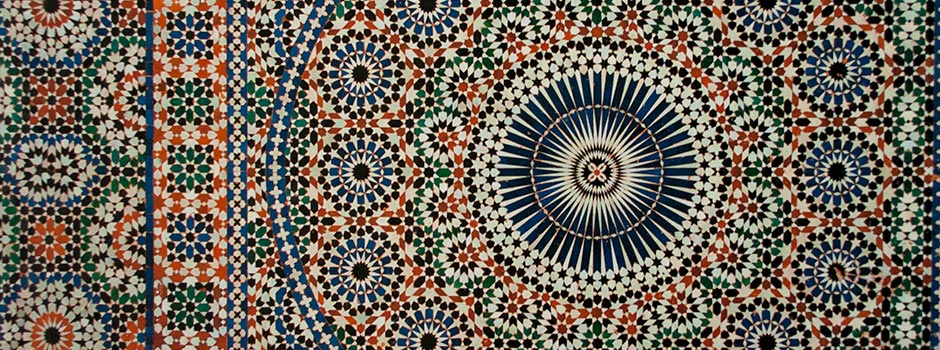
BOOK REVIEW Islamic Geometric Design by Eric Broug
Jan 04, 2014 Book Review
 The book Islamic Geometric Design / Photo by Islamic Arts Magazine
The book Islamic Geometric Design / Photo by Islamic Arts Magazine
Islamic ornamentation is, besides calligraphy, a trademark of Islamic art, created by talented craftsmens within all historical periods wherever Muslims spread their civilization. Its breathtaking appearance is a result, on one side, of deflection of figural in Islamic art and clearly expressed preference towards abstract artistic expression, and on the other, of the influence of ancient floral decorations.
Islamic ornamentation is divided into floral and geometrical. The first is mainly based on a variety of floral patterns, and the other on the synthesis of various geometric shapes. These two types of ornaments are often combined in Islamic art.
Islamic ornamentation has always had its universal aesthetic and metaphysical significance, as well as the general application and understanding within the Islamic tradition. It has been used in both, sacred and profane art. The application of Islamic patterns offers endless possibilities. It was and still is used to decorate various architecture, manuscripts, calligraphic works, pottery, etc.
The geometric design was especially popular in architectural decoration and for the decoration of manuscripts in Islamic Spain and the Mediterranean coast of Africa. For example, in the period of Mamluk dynasty in Egypt, between 14th and early 15th century, the Qur'anic manuscripts were illuminated with geometric patterns.
The book 'Islamic Geometric Design' is an outstanding example of this topic. The book is based on a deep study of geometric designs where the complex designs are analysed and explained in details.
The book covers development of geometric design, by presenting its application from architecture and manuscripts to applied arts. Most importantly, the author reveals the causes of its origin within the historical context. The book is filled with photographs of mosques, madrasas, palaces and tombs from the Islamic world, ranging from North Africa to Iran and Uzbekistan, from 8th to the 19th century. More importantly the author presents clear, meticulously detailed drawings, a step-by-step shemes of each geometric design giving us the ability to easily understand how every Islamic design is created. This approach is beneficial to students as well as scholars and stands out from the usual historical review of similar topics.
'Islamic Geometric Design' is one of the best study on the market and represents essential reading for studying and understanding Islamic geometric design.
 The spread from the book / Photo by Islamic Arts Magazine
The spread from the book / Photo by Islamic Arts Magazine
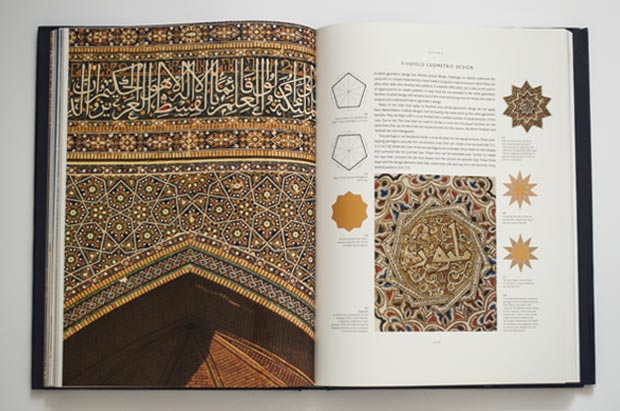 The spread from the book / Photo by Islamic Arts Magazine
The spread from the book / Photo by Islamic Arts Magazine
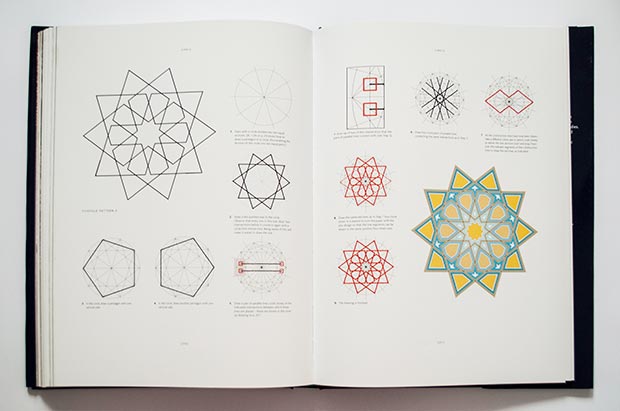 The spread from the book / Photo by Islamic Arts Magazine
The spread from the book / Photo by Islamic Arts Magazine
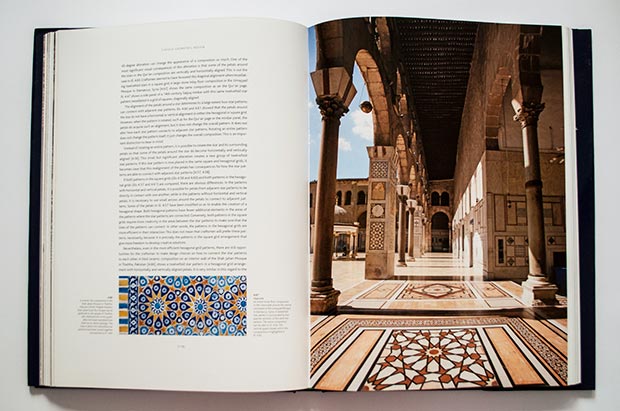 The spread from the book / Photo by Islamic Arts Magazine
The spread from the book / Photo by Islamic Arts Magazine
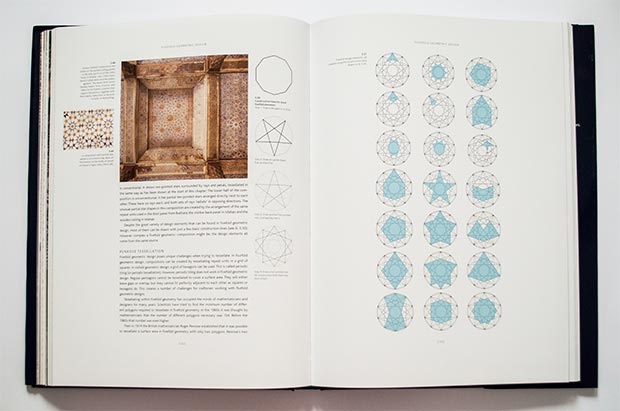 The spread from the book / Photo by Islamic Arts Magazine
The spread from the book / Photo by Islamic Arts Magazine
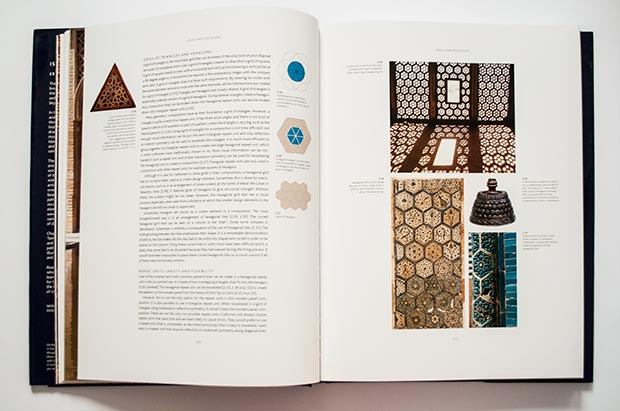 The spread from the book / Photo by Islamic Arts Magazine
The spread from the book / Photo by Islamic Arts Magazine
Eric Broug received his Masters Degree in History of Islamic Art and Architecture from London’s School of Oriental and African Studies. He now runs Broug Ateliers Ltd, a design and educational company specializing in Islamic geometric design. He is the author of a very successful book Islamic Geometric Patterns.
Thames & Hudson was founded in 1949 by Walter and Eva Neurath. Their passion and mission for T&H was that its books should reveal the world of art to the general public, to create a ‘museum without walls’ and to make accessible to a broad, non-specialist reading public, at prices it could afford, the research and the findings of top scholars and academics. Thames & Hudson published approximately 180 new titles each year and has a current backlist of over 2000 titles. The company specializes in the arts (fine, applied, decorative, performing), archaeology and history, architecture, design, photography, travel and popular culture, but also publishes in a variety of other areas, especially those of visual interest.
Comments
Add a comment